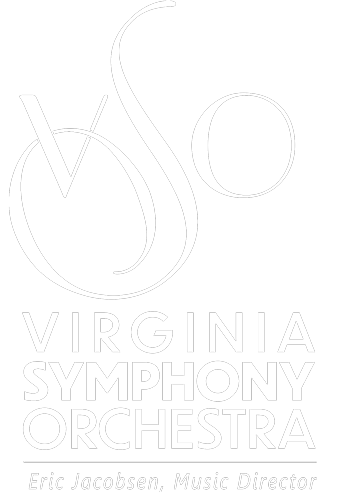Dynamic Tchaikovsky from Paremski in Virginia
January 26, 2016
By Phillip Nones, 25 January 2016
This concert by the Virginia Symphony Orchestra and its music director, JoAnn Falletta, featured two Hungarian compositions coupled with one of the most famous piano concertos in the repertoire. The two Hungarian works on the program – by Ernst von Dohnányi and Béla Bartók – sound like they come from completely different eras. But it’s deceptive. The two composers were near contemporaries, with Dohnányi being born just four years earlier. Dohnányi’sSymphonic Minutes, with its neo-romantic idiom, date from 1933 while the far more modern Bartók Concerto for Orchestra was composed just ten years later.
While it may not be a well-known work, Symphonic Minutes is a real charmer. The suite consists of three short ‘up-tempo’ movements with two longer slow movements sandwiched in between. There is no programme, which allows the listener to focus solely on the exquisite music. In Falletta’s deft hands, the opening Capriccio more than lived up to its “capricious” title, with wispy phrases taken up by clarinets, woodwinds and strings along with punctuating brass and percussion. The mood changed dramatically in Rapsodia, beginning mysteriously with poignant English horn and clarinet passages that eventually built to a fervent orchestral climax before subsiding again. The Theme and Variations movement was also beautifully realized, with solo woodwind passages blending beautifully into the overall orchestral fabric. The concluding Rondo was taken at an über-fast tempo, bringing the suite to a whirling conclusion. This committed performance by Falletta and the VSO players made a very convincing case for this music being more than a mere diversion.
For some composers, inspiration flags in their later years. Such was not the case with Béla Bartók. In fact, Bartók’s final compositions are among his very finest. One is the Concerto for Orchestra, composed in 1943 on a commission from the Koussevitzky Music Foundation shortly after the composer had emigrated to America. It’s an inventive piece that exploits all of the power of the orchestra in addition to giving many individual (and paired) instruments the chance to shine. Falletta’s approach to the music was big-boned and dramatic. But there was more than that: the conductor brought out more of the “Hungarianisms” in the score compared with other interpreters – and not just in the fourth movement Intermezzo interrotto where the folk idioms are obvious and pervasive, but also in the other movements where it might be just a single phrase that pops up now and again.
The clever second movement (Game of Pairs) found the VSO woodwinds and brass players blending with one another beautifully, the paired musicians sounding as one. The other movements were equally impressive, including the super-dynamic concluding Pesante – Presto. Like nearly every other conductor, Falletta chose to use the composer’s alternate ending of the Concerto, but slowed the tempo slightly for the orchestral flourish in the final two or three measures of the piece for added dramatic effect.
Following intermission, the young Russian-American pianist Natasha Paremskijoined the orchestra in performing Tchaikovsky’s Piano Concerto no. 1 in B flat minor. This thrice-familiar piece is always a crowd-pleaser, and Paremski certainly didn’t disappoint. Throughout the concerto, her formidable technique was on full display, and she handled Tchaikovsky’s trickier solo passages with aplomb.
Paremski’s interpretation reminds us that this Tchaikovsky concerto is a much closer cousin to the concertante works of Anton Rubinstein, Moritz Moszkowski and Xaver Scharwenka than it is to Brahms, Schumann and Chopin. And this was very much Paremski’s show: a performance with much “flash and dash.”
Tempos were on the swift side, particularly the final movement which was taken at a breakneck speed that, while undoubtedly thrilling, possessed rather little musical introspection. In the Allegro non troppo first movement, I found the bright, percussive pianistic sound a little numbing after a while; resorting to pyrotechnics so frequently throughout somehow made everything seem less impactful.
No such criticisms could be made about the second movement (Andante semplice), which was the true gem. Here Paremski’s poeticism was on display, her quicksilver treatment of the middle scherzo section came as a wonderful contrast. This movement was simply magical. Throughout the concerto, Falletta’s deft accompaniment ensured proper balances, and the soloist could be heard at all times.
Following the Tchaikovsky concerto, the appreciative audience was treated to an encore, the Precipitato final movement from Prokofiev’s Seventh Piano Sonata. Listening to Paremski’s rip-roaring presentation of this driving, percussive number, I was reminded of the landmark première recording of this piece made by Vladimir Horowitz in the late 1940s. Paremski’s was even faster and more incessant than Horowitz’s conception, believe it or not.


















































